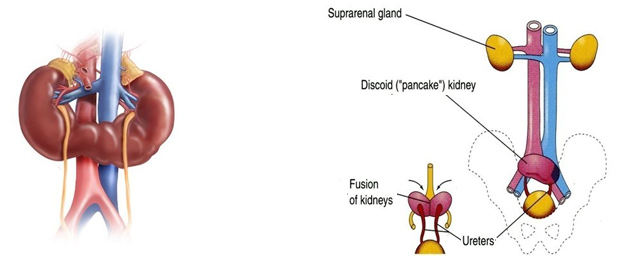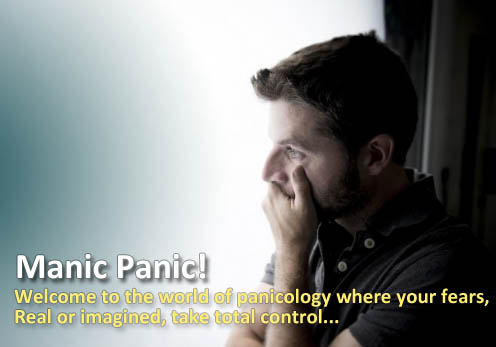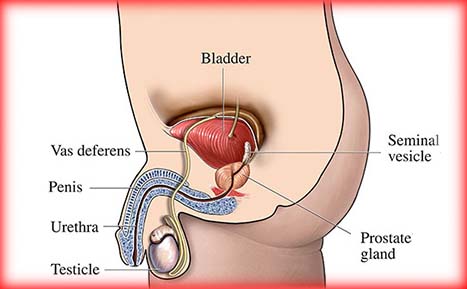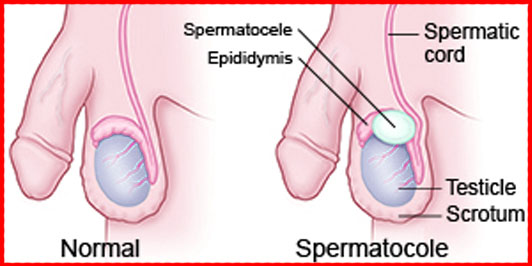Renal Fusion (Horseshoe Kidney)
Most people are born with two kidneys, which are located in the back of the abdominal cavity on either side of the body covered by the ribs. But factors can occasionally interfere with the development of the kidneys as is the case for people with renal fusion abnormalities. The following information will help you talk to your urologist when your condition, or that of your child, belongs to this family of diseases.
What happens under normal conditions?
The kidney is the organ whose principal function is to filter toxins from the blood and maintain an appropriate chemical environment so that the body’s other organ systems can function properly. Other functions that the kidneys serve include maintaining appropriate blood pressure and ensuring that enough red blood cells are produced by the bone marrow. As a child develops in its mother’s uterus, the kidneys are formed lower in the abdomen and gradually ascend to their final position as they develop.
What is horseshoe kidney?
Horseshoe kidney occurs in about one in 500 children. It occurs during fetal development as the kidneys move into their normal position. With horseshoe kidney, however, as the kidneys of the fetus rise from the pelvic area, they fuse together at the lower end or base. By fusing, they form a “U” shape, which gives it the name “horseshoe.” It is believed that this condition exists more frequently in males.
What are the symptoms of a horseshoe kidney?
Horseshoe kidneys are much more frequently symptomatic than other varieties of fused and ectopic kidneys. Up to 70 percent of children and adults with this abnormality will have symptoms, which can include abdominal pain, nausea, kidney stones and urinary tract infections. Although still rare, cancerous tumors are somewhat more likely to occur in horseshoe kidneys than in normal kidneys. Blood in the urine, a mass in the abdomen and flank pain can be symptoms of a kidney tumor.
How is horseshoe kidney treated?
In a child without symptoms, treatment may not be necessary. If your child has complications, they may require supportive treatment, which means their symptoms will be treated, but there is no cure for the condition. As with ectopic kidneys, obstruction and vesicoureteral reflux are very common in these patients and may require surgical correction.
What can be expected after treatment for horseshoe kidney?
It is important to note that if the patient’s only complaint from the horseshoe kidney is pain, surgery frequently will not relieve the pain.




